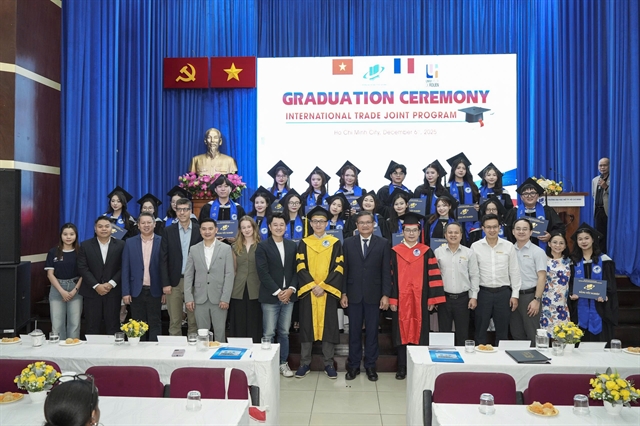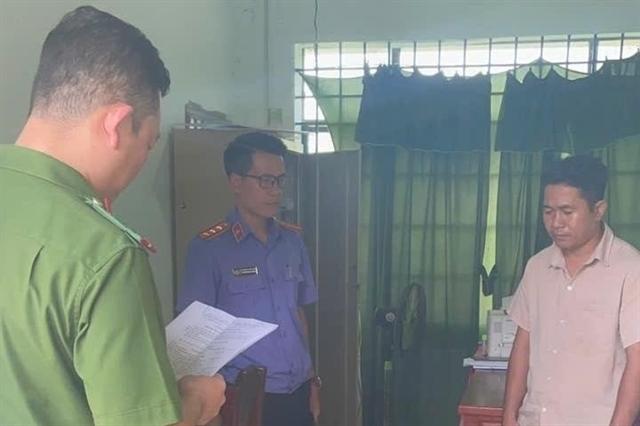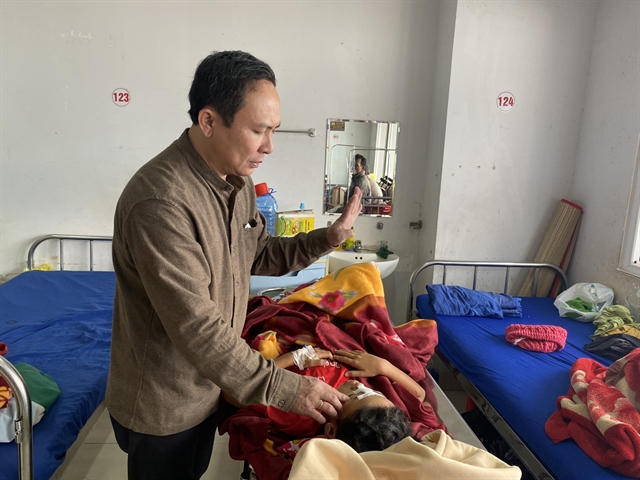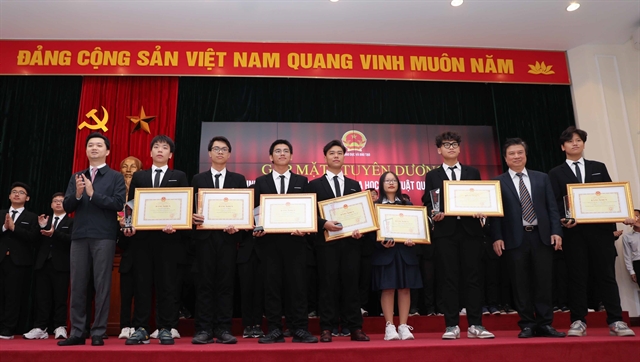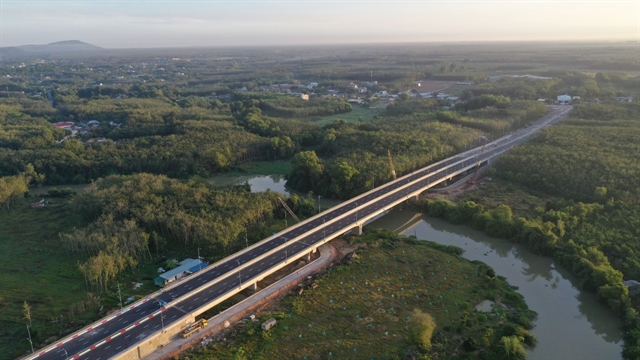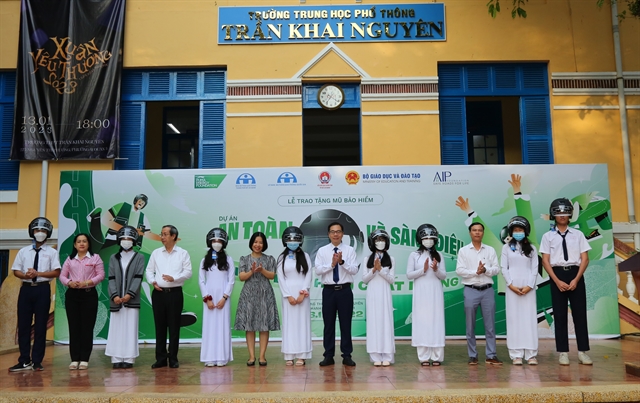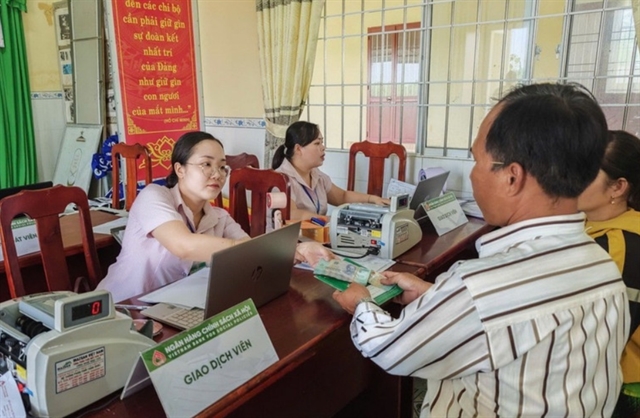

|
| Dao ethnic women harvest cinnamon in the northern mountainous province of Yên Bái. — VNA/VNS Photo |
HÀ NỘI — In 2022, the Politburo for the first time issued six resolutions on socio-economic development and defence-security safeguarding for six regions to optimise each region’s potential and promote national development.
The 13th National Party Congress devised the socio-economic development strategy for 2030, with a vision to 2045, which targets that by 2030, Việt Nam will have become a developing country with modern industry and upper-middle income, and by 2045 a developed and high-income country.
The strategy also identified an orientation for the development of regions – fully capitalising on each region’s advantages on infrastructure, natural conditions, geo-economic and geo-political positions, and human resources, along with enhancing connectivity within each region and among different regions so as to promote their participation in global value chains and create new development spaces.
The six regions are the northern midland and mountainous region, the Mekong Delta, the Central Highlands, the southeastern region, the northern and coastal central region, and the Red River Delta.
Each region has its own characteristics, potential and advantages as well as difficulties and challenges. To bring into play their potential and advantages, aside from common development policies, it is also necessary to issue specific and appropriate policies for each region.
Developing regions is a consistent guideline of the Party to fully tap into the potential and advantages of regions and localities nationwide to serve socio-economic development, ensure defence and security safeguarding, and improve people’s material and spiritual lives.
As soon as the resolutions were released, the Politburo and the Party Central Committee’s Secretariat held conferences to disseminate the documents among the ministries, sectors, and localities, and launch the implementation.
Addressing those events, Party General Secretary Nguyễn Phú Trọng stressed the resolutions’ importance, noting the first and foremost task of thoroughly grasping and effectively implementing them in order to translate guidelines, directions, and policies into reality.
He also emphasised that in addition to being fully aware of the resolutions’ purposes, significance, requests, and content, it is important to guarantee high consensus across the whole country, all the regions, localities in each region, and authorities from central to local levels; understand that this is the responsibility of the entire political system, not only of the six regions or their localities; be properly aware of and deal with the relationship between regional and national development; and promote a consensus on the importance of the regions and regional connectivity.
Given this, the building, issuance, and implementation of the six resolutions are believed to hold great necessity for realising the goals set in the resolution of the 13th National Party Congress, including turning Việt Nam into a developing country with modern industry and upper-middle income by 2030 and a developed and high-income country by 2045. — VNS

